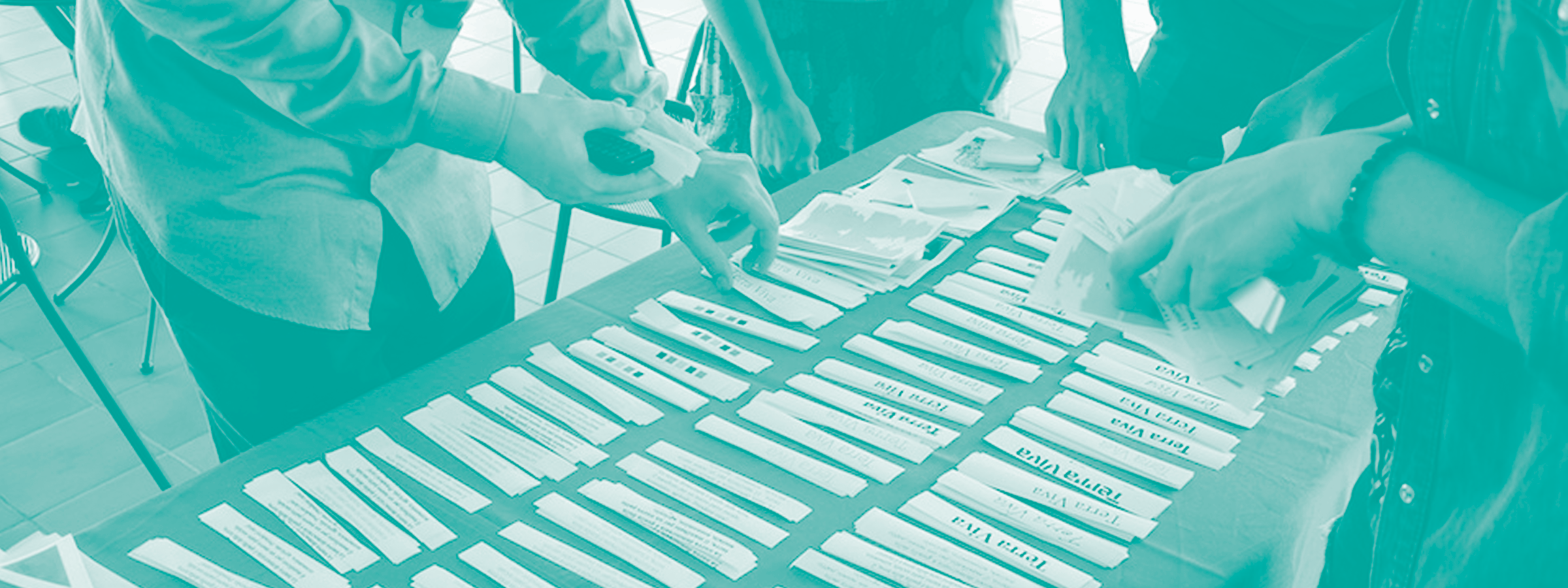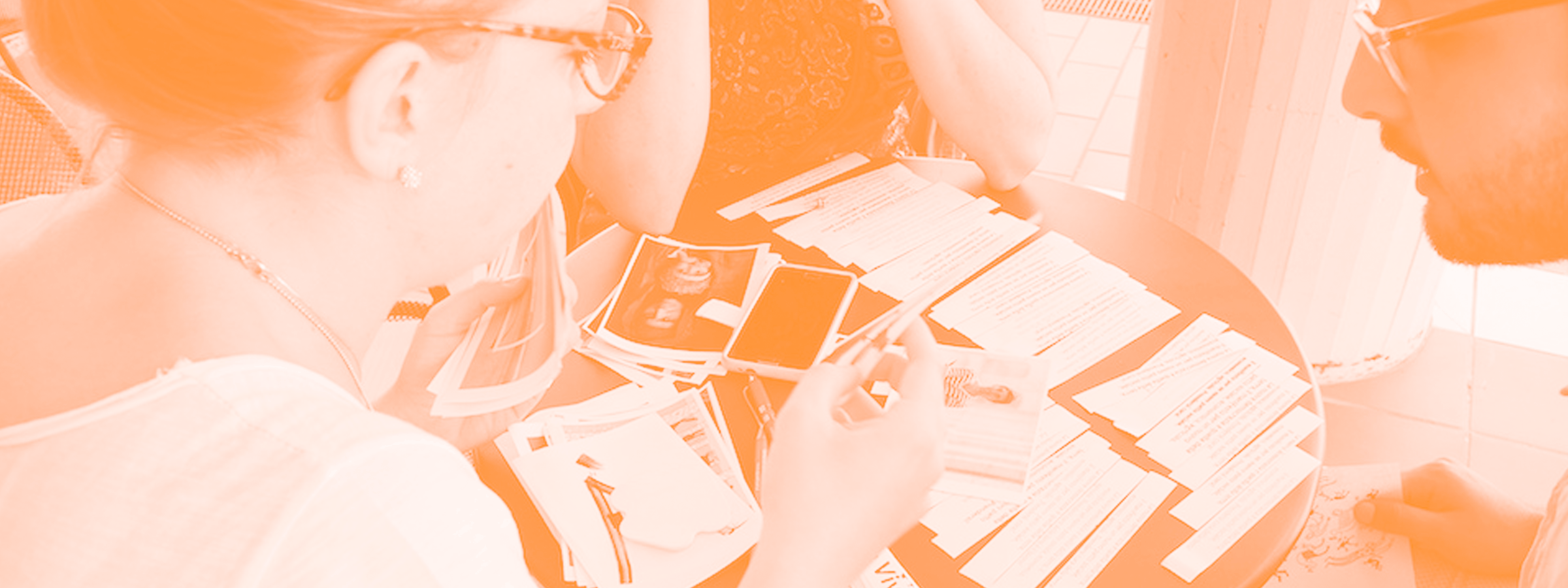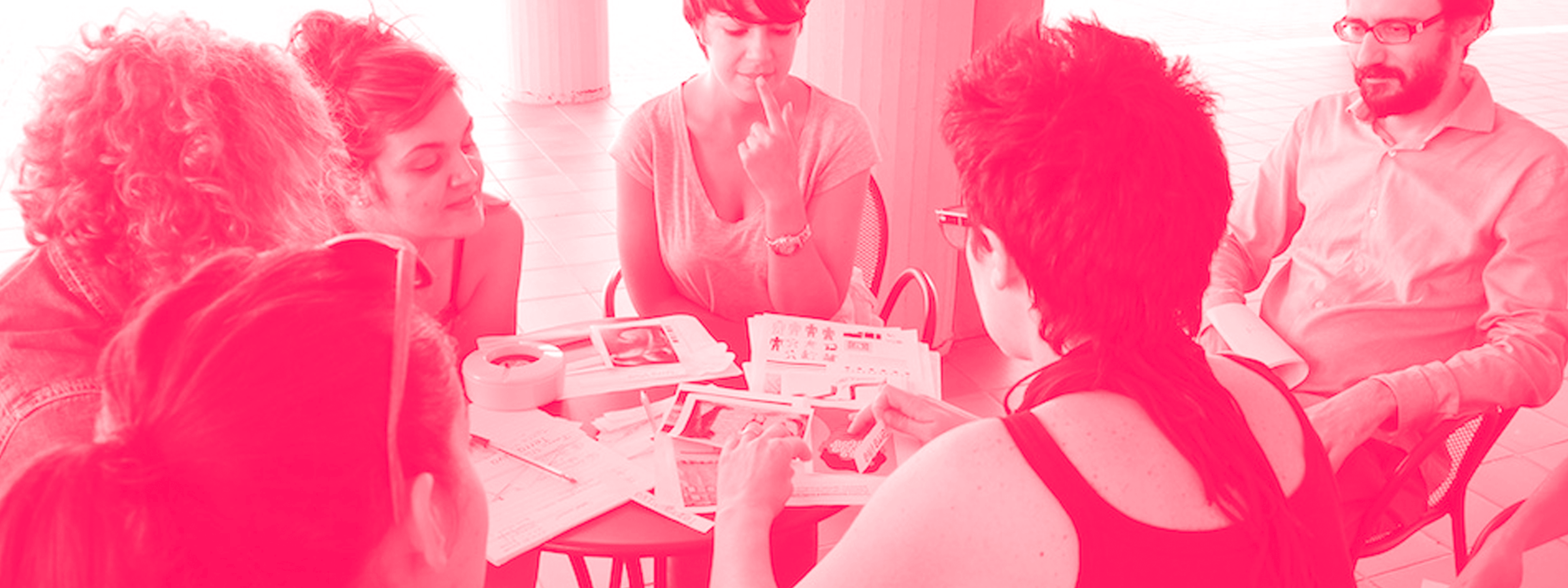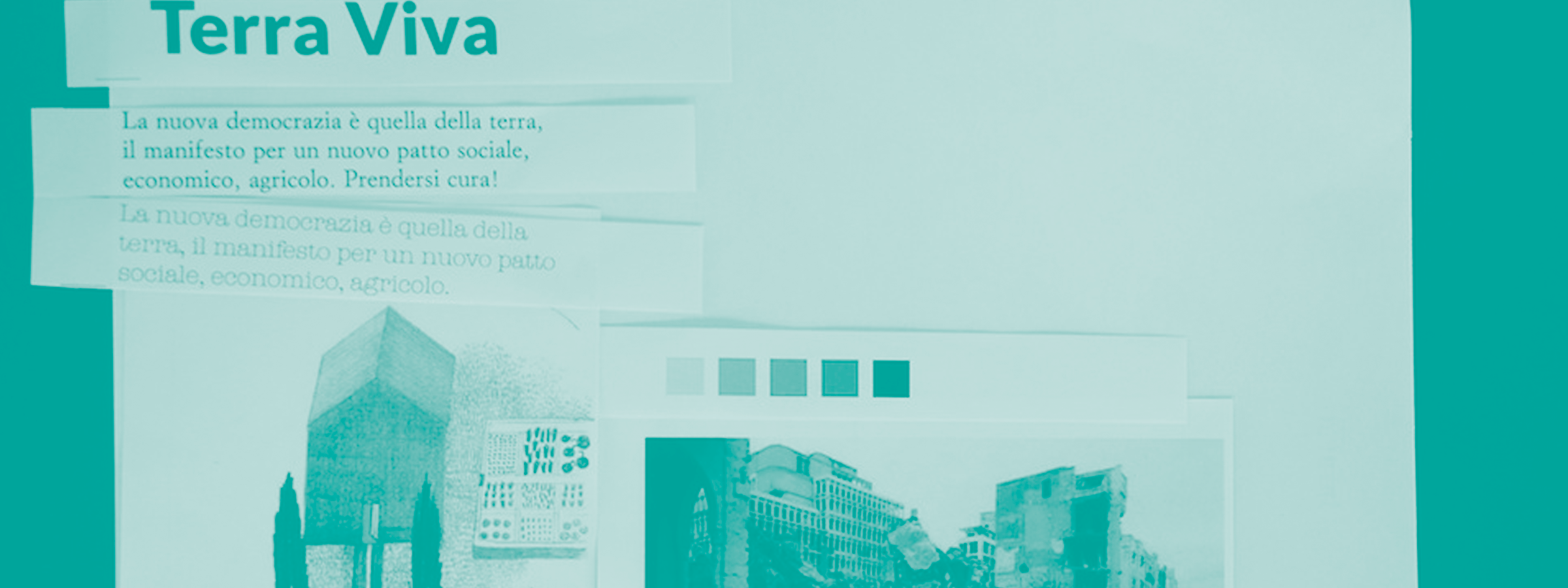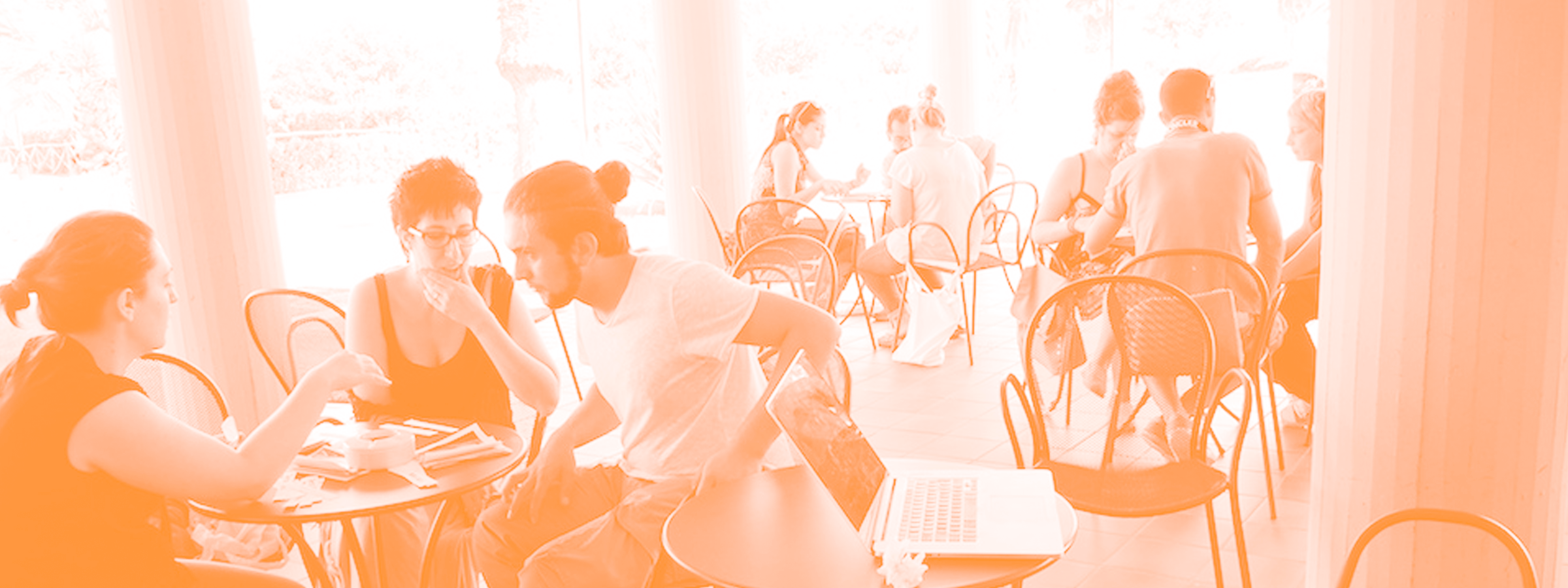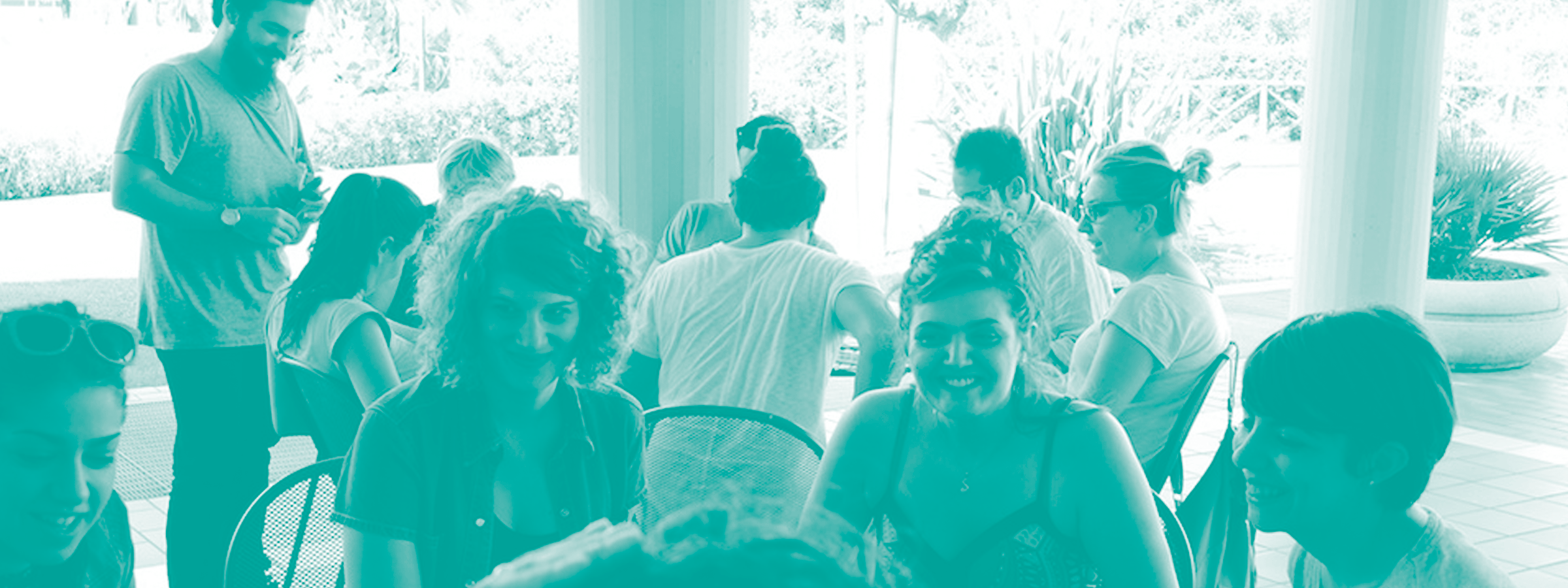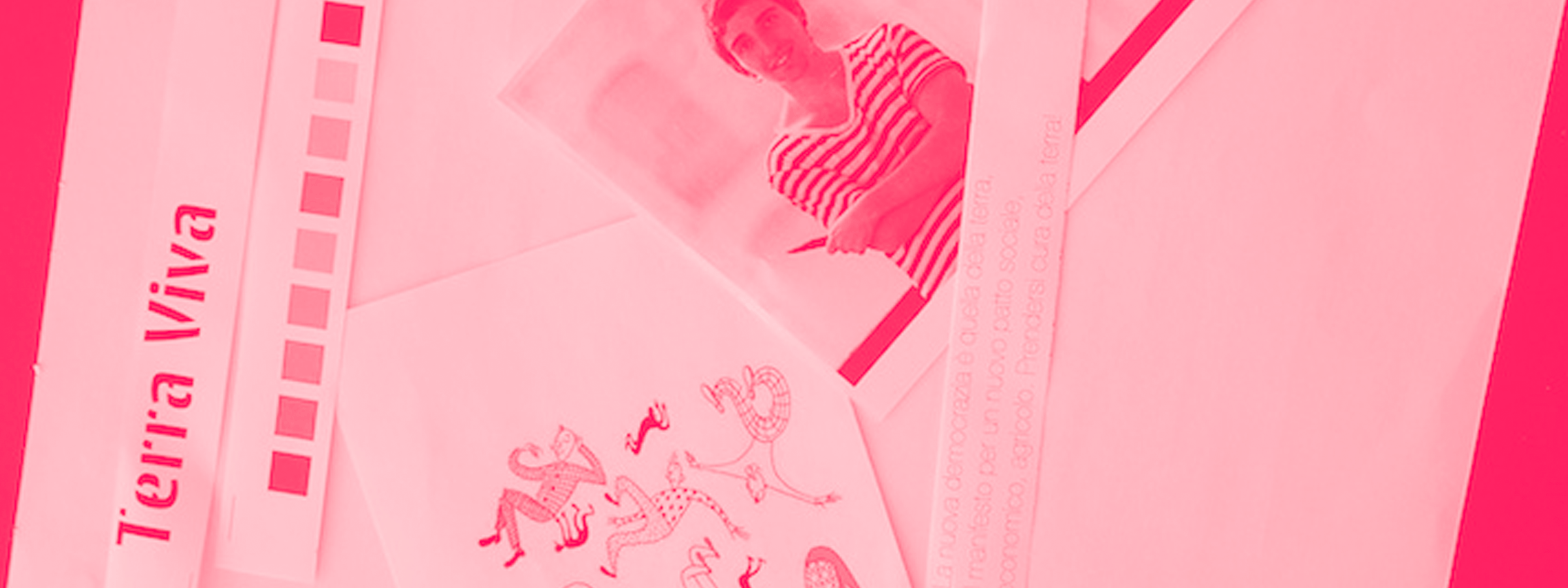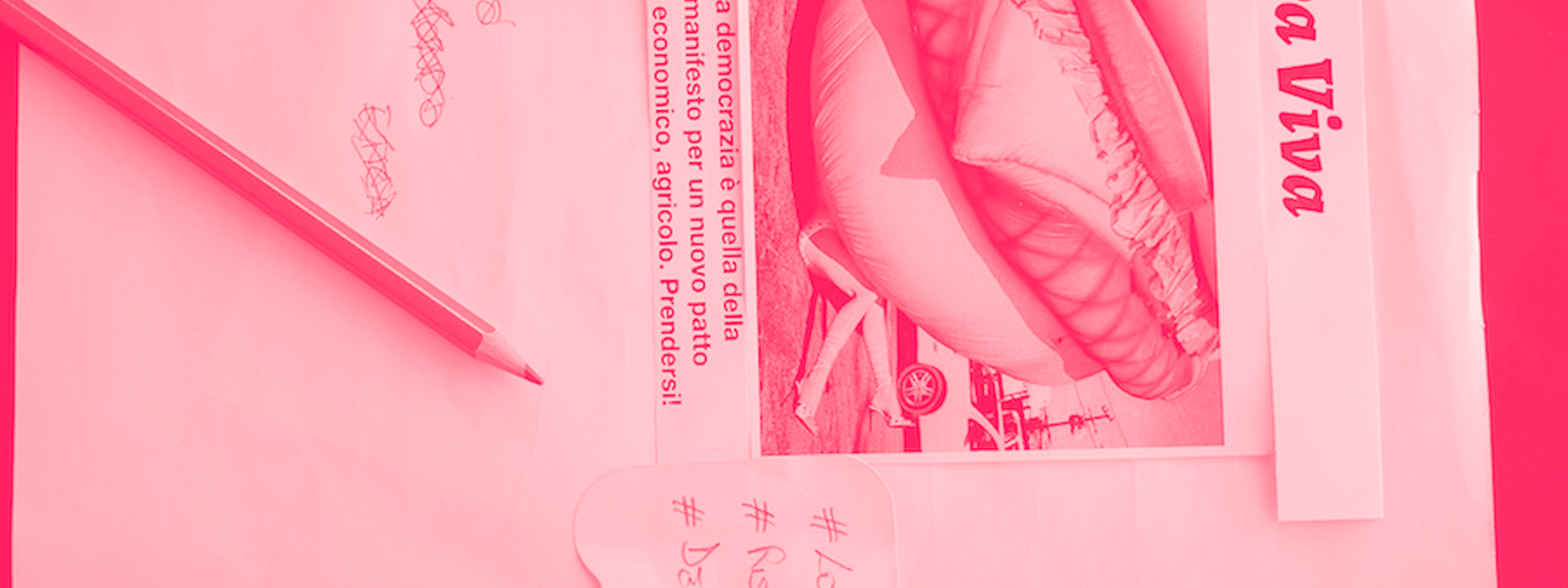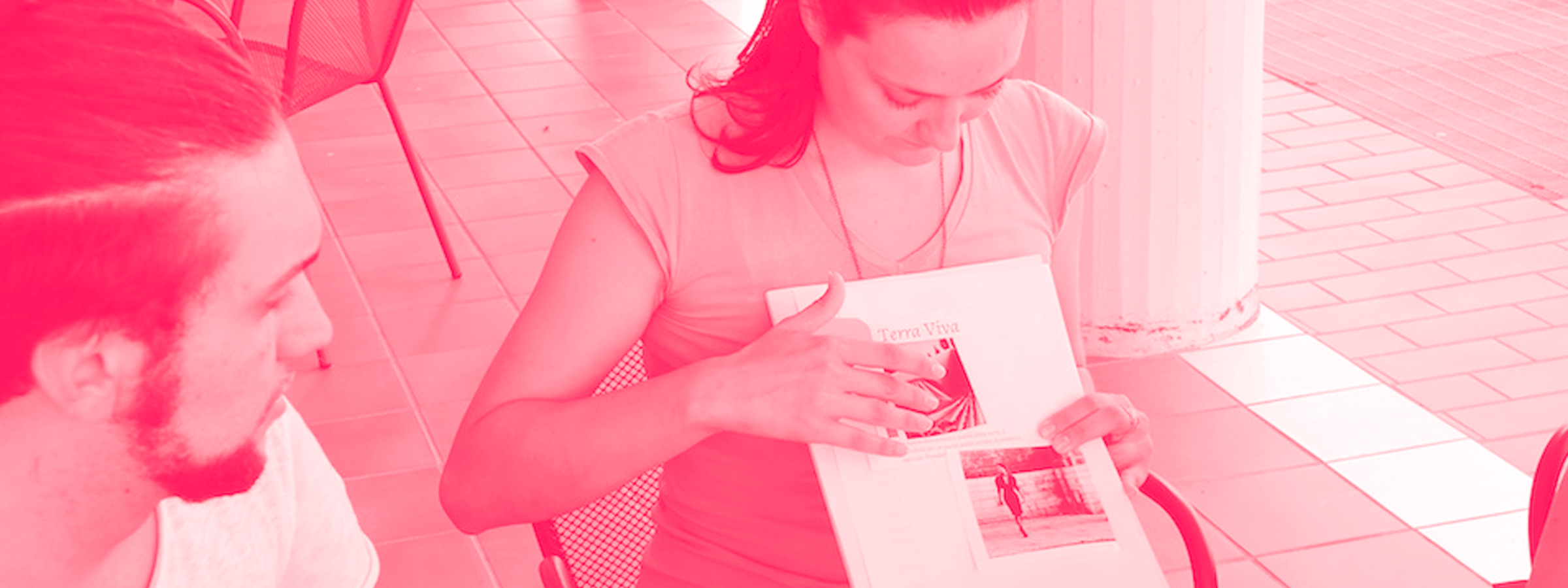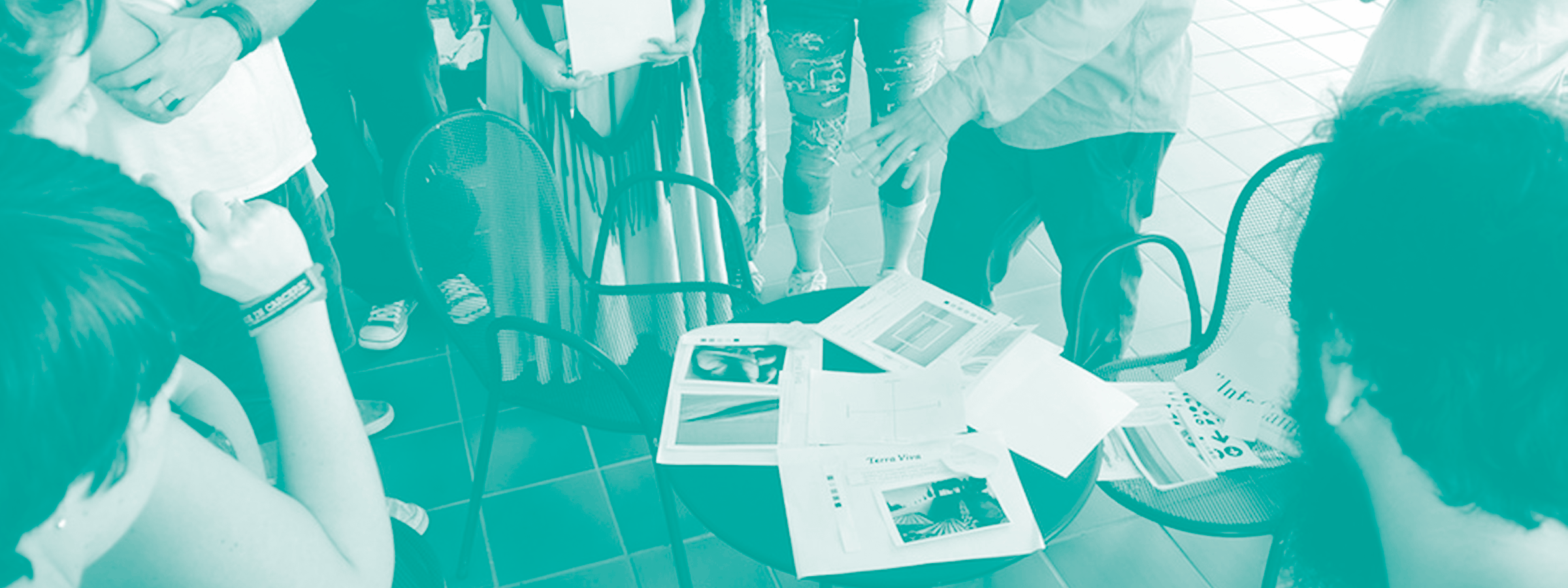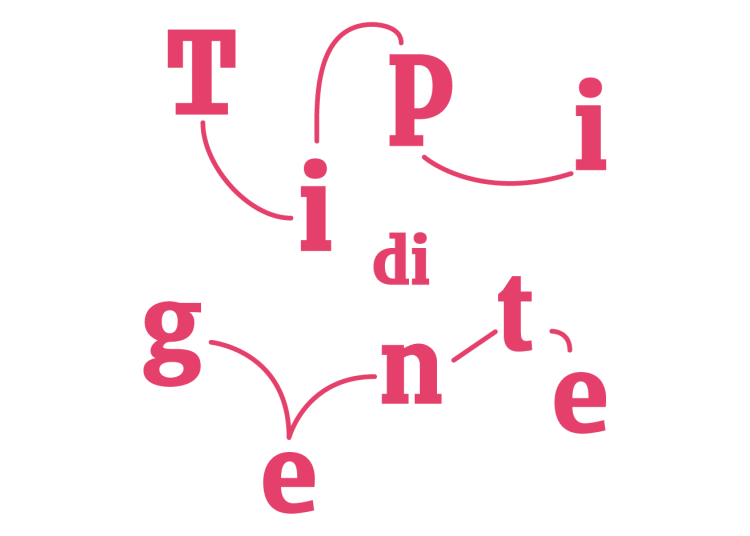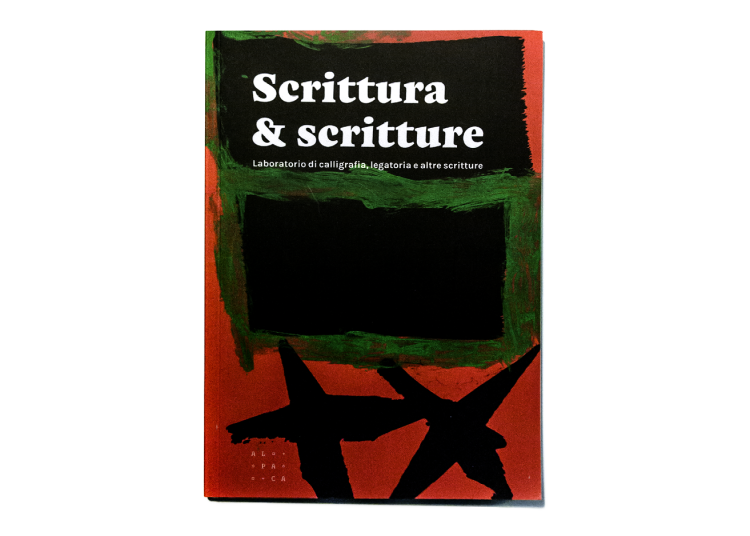During the GIÀ (Giovani Imprenditoria ed Innovazione) Summer School in Grottammare (AP), promoted by Libera. Associations, names and numbers against mafias, we were asked to organize a workshop. The main theme of the Summer School was to reevaluate abandoned public places through smart entrepreneurship. During the GIÀ, some experts held talks about themes like crowdfunding, business plans, etc.
As communication design professionals, we took part in this Summer School teaching the visual communication fundamentals to the students, giving them some tools for the creation of their brand strategy, helping them building their projects mood boards. The participants were a very heterogeneous group: different age, sex, background and occupation, and they didn’t have any visual communication or graphic design background.
Naming: Terra Viva (Live soil)
Pay-off: The new democracy starts from the soil, it’s a new social, economical and agricultural agreement manifesto.
Aims:
1. understand what visual identity means;
2. understand the design process;
3. brand strategy fundamentals;
4. creative process vs. scientific method;
5. selecting the audience.
Materials:
n°10 color palettes;
n°10 typographic sets (different weights);
n°10 photographies (various subjects and styles);
n°10 illustrations (various subjects and styles);
n°10 objective cards;
n°10 Floch diagrams (pre-filled and blank).
Objective cards
(developing the right mood for different kinds of businesses, without using or showing some particular kinds of images, catchphrases, stereotypes, etc.)
· organic products (no fields or agricultural products);
· thermal baths (no water);
· refugee shelter (no people);
· eco-terrorist organization (no plants of animals);
· wine house (no beverages, glasses or bottles);
· restaurant (no food or cutlery);
· urban gardens (no vegetables or plants);
· natural cosmesis (no faces);
· travel books publishing house (no sky or books);
· travel agency (no sky or tickets).
Exercises
Phase #1: the students draw an objective card from the deck without anyone else reading. They read carefully the type of company they have to interpret and its related constraints, then they build a mood board selecting a color palette, two fonts at least and two images (photographies and/or illustrations) at least. Results are shared with the whole group of students, who have to guess what the company works on and describe its personality. At the end of the first phase the participants show the objective cards.
Phase #2: An even number of groups is arranged. Half of the groups act as customers, the other half as designers. Every customer group has an objective card without constraints and a pre-filled Floch diagram, which states what kind of mood the ordered logo need to have. The designers have to ask questions, within a limited span of time, in order to collect useful hints and build a good mood board. The customers can’t answer to direct questions (like “would you prefer a more playful logo?” or “do you prefer more serious images?”). After a short time for brainstorming, the designers have to present a design proposal, and they have a short time to understand if they are satisfying their customers. At the end of the exercise the designers’ mood boards and the customers’ Floch diagrams are revealed, and all the students examine all the designs.
Then this second phase is repeated once again, swapping the customers and the design groups.
Phase #3: A single objective card is draw from the deck. Every group develops a mood board giving the mood they prefer to the chosen company. Then, every group gives a vote from 1 to 4 (every vote can be given once) to the other groups’ mood board. The more appreciated mood board becomes the market leader. At this point, every group has to try to become the market leader through a re-mooding strategy, deciding to follow the most successful brand identity, continuing with their current brand identity or completely update it.
Outcomes
The main purpose of this workshop is to highlight the importance of the communication and the definition of the brand identity, which are particularly important in reevaluating abandoned public places and starting new types of businesses.
Some evaluating tools have been given to the students in order to make them aware about the quality of the communication design and the brand positioning of their projects.

